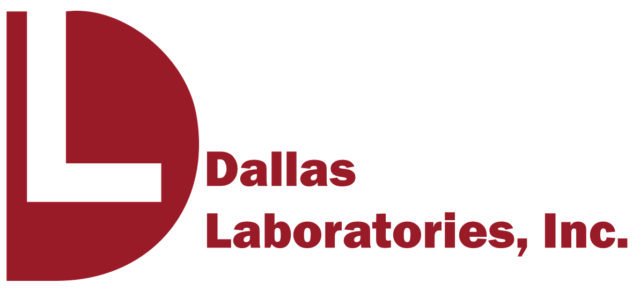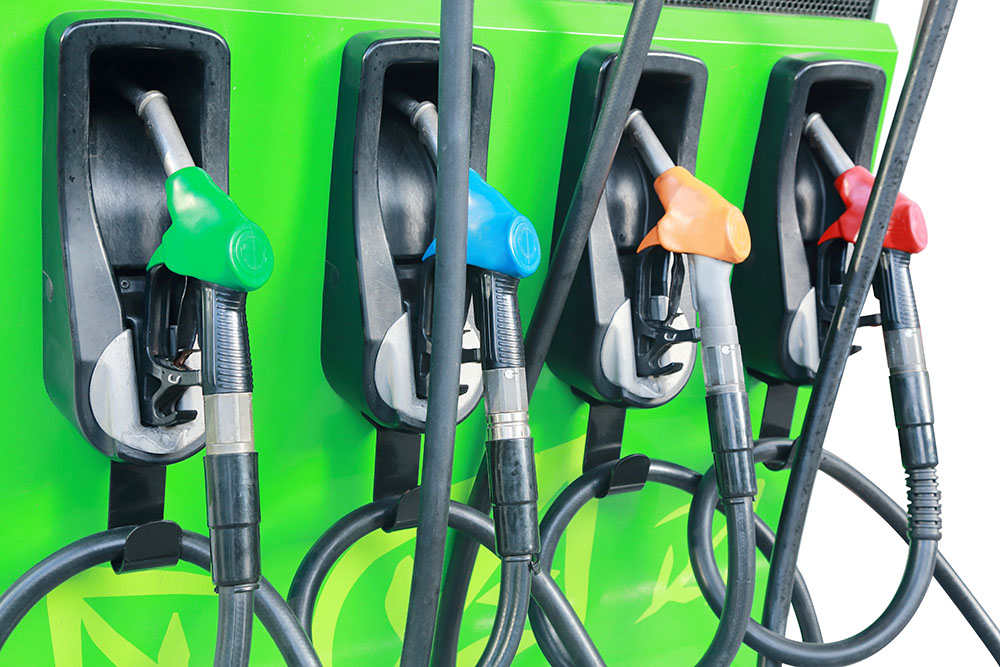Getting reimbursed for your vehicles’ engine damage is not easy. Most automobile insurance policies will not cover the cost so you’ll then have to confront the gas station where you purchased the fuel. Retail gas stations have insurance policies, and owners will sometimes pass you over to the insurance company to see if you’ll be covered. It will help if you have saved your receipts and can prove you bought the fuel at the station. Keeping your receipts as proof of purchase will improve the likelihood of recovering your damages.
So, what is the cause of contaminated fuel? Fuel testing and analysis reveals two of the most common contamination scenarios:
Gasoline and Diesel Cross-Contamination
Fuel contaminations most often occur in the “last mile” of the supply chain to the retail customer. Contamination happens when the one type of fuel is mistakenly “cross-dumped” into the wrong underground storage tank at the retail station. Most commonly, this is caused by an error of the delivery driver. Fuel transfer hoses and the tank caps are color-coded to mark the type of fuel: Red for diesel, blue for gasoline, and yellow for high octane gasoline. When the delivery is made at night and colors are harder to see, cross-dumps will occur. To make matters worse, the fuel transfer hoses and cap threads are the same sizes.
At the pump, the consumer has better protection from accidentally pumping diesel into a vehicle’s gasoline tank. Diesel fuel pumps are distinguished by green markings and “Diesel Fuel Only” labels. The hand-pump is fitted with a dispensing nozzle with a larger orifice size than a gasoline pump. Therefore, the diesel nozzle will not fit into the gasoline fill hole.
When you put cross-contaminated diesel or gasoline into your car, you’ll notice it right away. If you’ve put diesel in a gasoline powered car, it will stall and break down. A high level of diesel contamination in gasoline will cause engine damage in the form of blown pistons and cracked heads. More low level of diesel contamination will give you dirty combustion and can damage the engine over time if something isn’t done. If you have a diesel vehicle and fill it with gasoline tainted fuel, you would notice explosion sounds from the engine and see whiteish gray smoke coming out of the car. Gasoline contamination can damage turbochargers, fuel pumps, and dirty diesel injectors. In either instance of contamination, the operator should shut the car down and get help immediately to avoid further damage and prevent a possible fire or explosion. The technique to identify diesel and gasoline cross contamination is using a chemistry technique called fractional distillation. A specific method for this technique is ASTM D86. The equipment employed in fractional distillation is typically composed of a round bottom flask, fractional column, thermometer, condenser, and distillation adaptors.
Water in Gasoline or Diesel
Water contaminated gasoline and diesel is more common but less dangerous and costly to the vehicle owner. Water is a persistent threat to gasoline and will degrade engine performance. Water will cause less expensive damage to a vehicle than cross-contamination of diesel and gasoline. A significant cause of water getting into a gasoline supply is at the retail gas station itself. Older, independent gas stations often have infrastructural deficiencies that are most apparent during heavy rainstorms. Heavy rain can breach piping and retention tanks. Immediately after heavy rainstorms, fuel testing laboratories themselves get flooded with phone calls to perform fuel testing services to check the quality of gasoline and diesel fuel that came from their pumps.
When water gets into gasoline, the driver will notice sputtering of the engine, slower acceleration and at worst stalling out of the vehicle. If this occurs, the car will need to be driven or towed to the dealership or service garage for repair. The contaminated fuel will need to be drained from the vehicle entirely, fuel injectors will need to be serviced or replaced, in-tank fuel filters will need to be replaced, and a full tune up performed. The cost for fixing your vehicle’s problems related to water contaminated gasoline will be in the mid hundreds of dollars.
High-quality gasoline has a natural water content of between 0.008% to 0.1%. Most commercial grades of gas have between 9.8% to 10.4% ethanol blended into it. Ethanol is hygroscopic meaning that it will attract and absorb water. Any exposure to open air humidity or damp surfaces will pose a risk for the gasoline to absorb the water. Once gasoline contains more than 0.2% of water, vehicle engines can begin to experience performance and response problems. Water will create a phase separation when water levels in gasoline exceed 0.25%. Phase separation is when the water level gets sufficiently high to cause the ethanol/water mix to separate from the gasoline. Phase separation appears as a visual stratification much like an unshaken oil and vinegar salad dressing. A fuel analysis laboratory will use a technique such as Karl Fischer titration to determine the amount of water in a fluid. Karl Fischer titration involves a process based on the reaction of water and iodine. This testing technique is one of the few that will measure water amount and not be distorted by other polar materials such as ethanol. ASTM D1744 is the specific test method employing Karl Fischer titration to measure the water content in gasoline, diesel, hydraulic fluids, lubricants, or any other petroleum product.


Do you test for contaminated Diesel.
Filled up with diesel and shortly died. Mechanic says smalls strongly of ETHENOL.